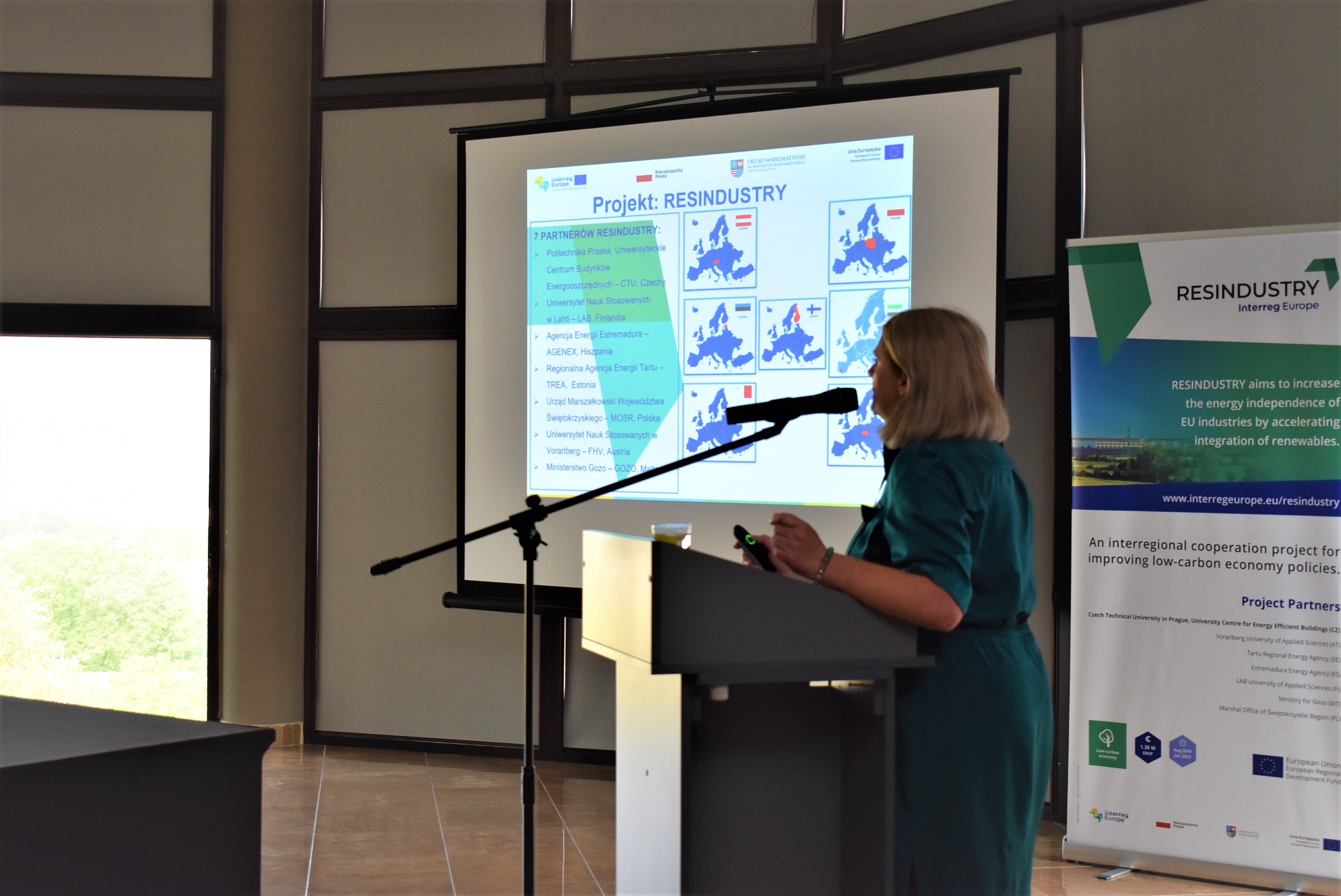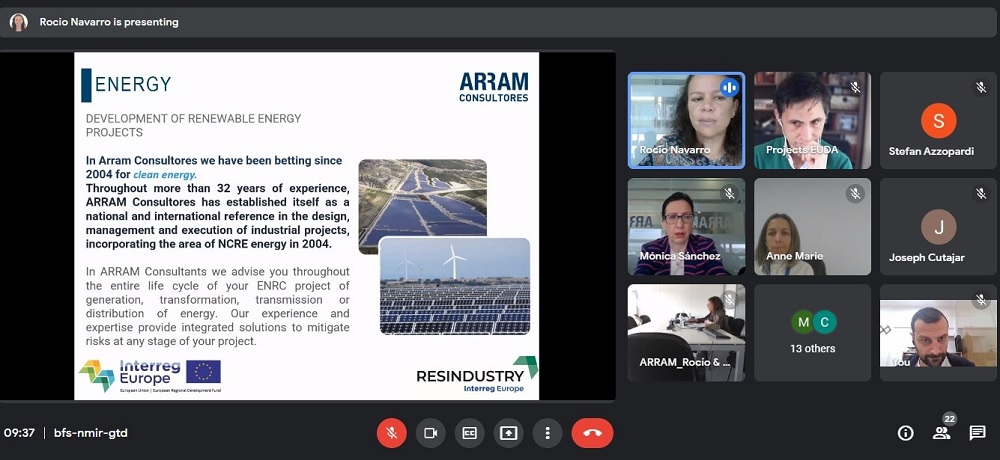What is the minimum distance to avoid shading between two rows of PV panels?
The limiting factor established for no shading between PV modules is that no shading should occur by panels onto each other between the hours of 09:00 to 15:00 on the winter solstice of 21st December. On this day, the sun is at its lowest point in the sky and hence the shading casted by one row of panels onto the other is the longest. The sun’s inclination angle on this day ranges between a minimum of 23° at 10:00 and 14:00, with a maximum angle of 30° being seen at midday. This is illustrated in the solar path diagram for Malta in Figure 2.
The solar path diagram is a graphical representation of the sun during representative days of the month. It represents an easier way to determine the elevation and orientation of the sun based on hours of the day and day of the month instead of using mathematical formulae to compute the elevation and orientation for different days. The mathematical formulae will be presented in the next newsletter.

Figure 2: Solar Path Diagram for Malta with latitude 36.0°N and 14.1°E. Alternative to the sun path diagram are mathematical formulae to determine the solar elevation and azimuth angle. These will be presented in the next article.
Consider the diagrams shown in Figure 3 and Figure 4 which show the side view and the plan view of a PV system installed. The minimum distance required to avoid cross shading between one row of PV panels and the other can be determined from simple trigonometry.

Figure 3: Side view of the PV system depicting the minimum distance to avoid shading.

Figure 4: Plan view of the PV system depicting the minimum distance Y to avoid shading.
From Figure 4, it is possible to deduce the following diagram in Figure 5 relating the distance Y and the solar elevation angle.

Figure 5: 3D-view showing the relationship between the height of the PV panels and the solar elevation angle.

In addition

Substituting Equation [2] in Equation [1]

Assume that the PV panel has a length L and is inclined at angle β to the horizontal, the vertical height of the PV panel from the ground would be Figure 2:

Substituting Equation [4] into Equation [3],
 Equation 5 applies only if the PV panels are oriented to the South. If the PV panels are oriented at an angle α from the true South, the minimum distance Y to avoid shading would be:
Equation 5 applies only if the PV panels are oriented to the South. If the PV panels are oriented at an angle α from the true South, the minimum distance Y to avoid shading would be:

Equation 6 denotes that the distance required between two rows of PV panels is dependent upon the length of the panel, PV inclination angle, PV azimuth angle, solar elevation angle and solar azimuth angle.
Let us assume that we have a PV panel which has dimensions 1.60m x 0.90m installed at 30° to the horizontal in a portrait manner and is oriented due South. From the solar path diagram of Malta, the solar elevation angle on the 22nd December at 10:00 am and 14:00 pm is γ=23° and the solar azimuth angle is φ=-30° and φ=30° respectively.
Thus, the minimum distance required to avoid shading all year from 10:00 am until 14:00 pm is:
At 10:00 am:

At 14:00 pm:

Hence the PV panels will avoid shading if the interrow spacing between two rows of the PV panels is 1.632 m or greater.
Conclusion
This article has given a brief introduction on PV panels and explained the factors that effect the generation of energy from photovoltaics. Moreover, it has given an overview of how to calculate the minimum distance between rows of PV panels and between high-rise buildings and PV panels in order to avoid shading all-year round.
The newsletter which follows will give a detailed analysis of the mathematical formulae behind the graphical representation of the sun-path diagram based on the latitude and the longitudes. The analysis can the be extended to specific countries.











